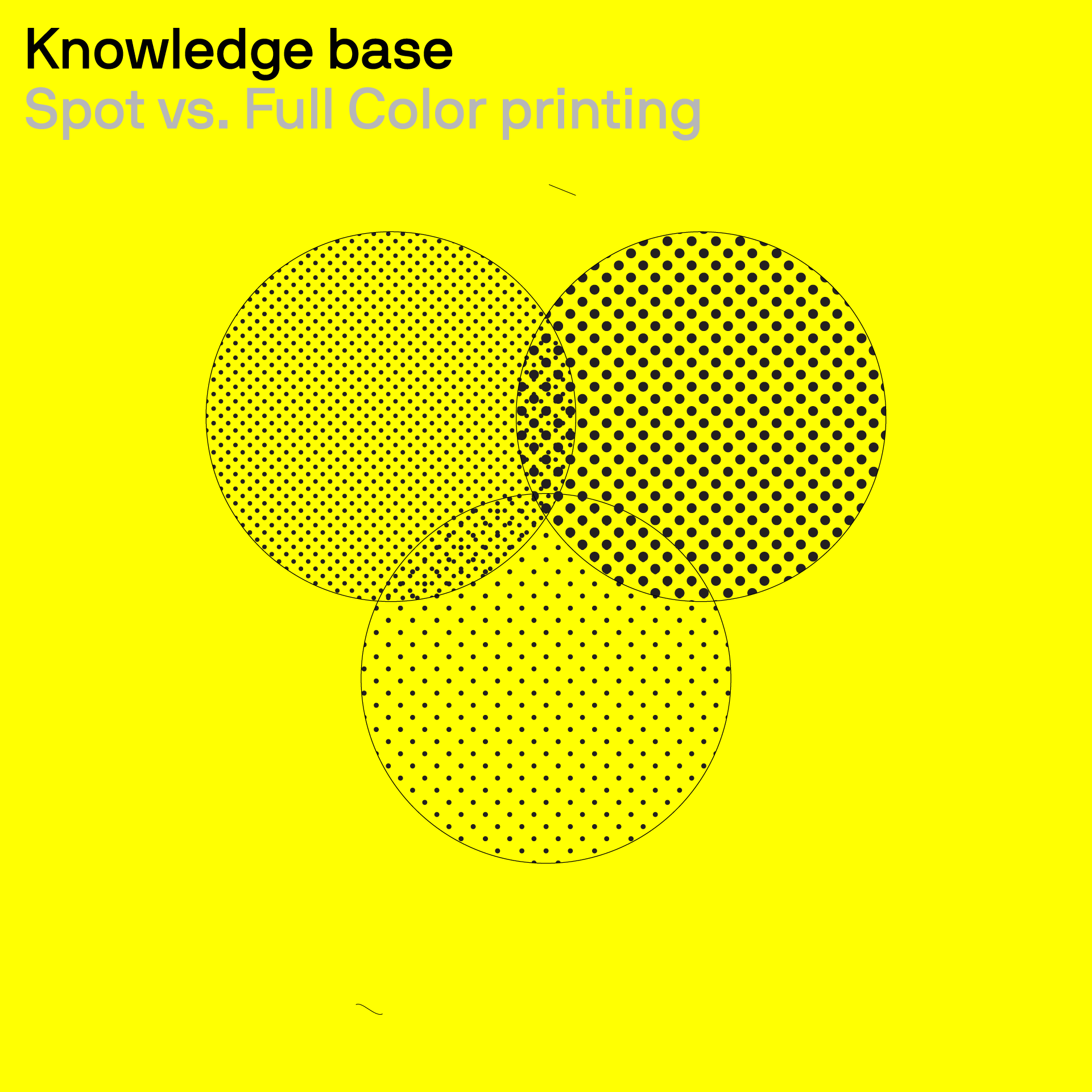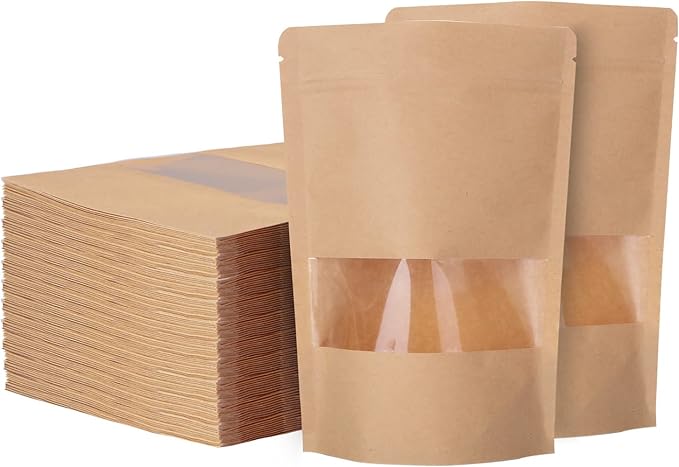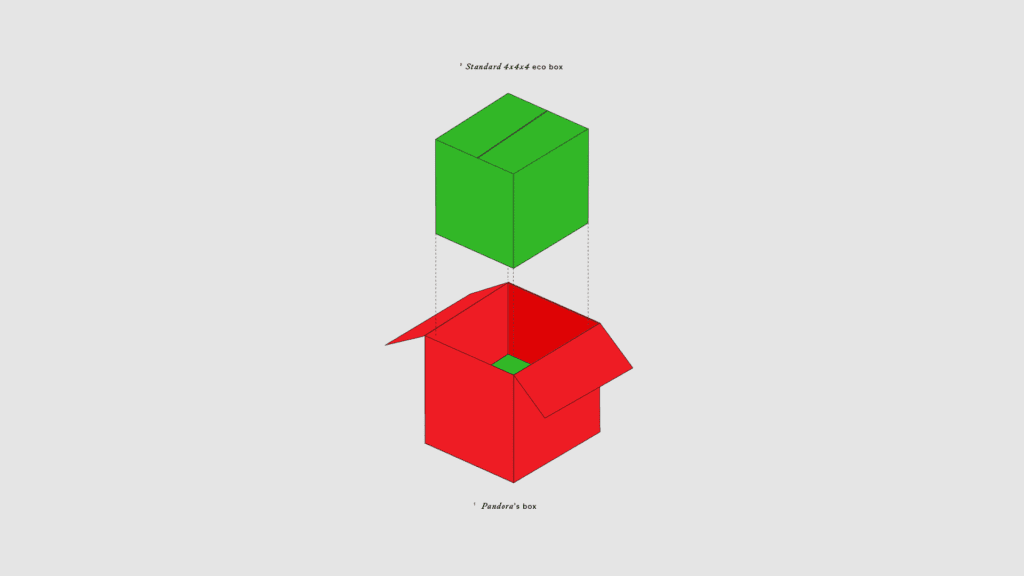When you hear the phrase “full color printing,” what it really means is process color printing — using the CMYK color model: Cyan, Magenta, Yellow, and Black. These four inks are layered in tiny dots to simulate a broad spectrum of colors. It’s a remarkably efficient system — but not limitless.
The following article will help explain what full color means, how it differs from spot colors and when it should be used while preparing your artwork for commercial printing.
Full Color Printing: CMYK in Action
Full color (also called 4-color process printing) uses the four ink bases — Cyan (C), Magenta (M), Yellow (Y), and Black (K) to create a wide range of colors through overlapping dots. All colors are printed at the same time in varying combinations, which makes it ideal for photographs, gradients, or complex multi-color designs.
Think of it as a sophisticated mix: by adjusting how much of each ink is applied, printers simulate thousands of tones. But “full color” has its limits — bright neons, deep blues, or metallics may not reproduce perfectly because CMYK can’t capture every hue the human eye or an RGB screen can display.
Useful info about full-color printing:
- Also known as 4-color process, process printing, or CMYK printing
- Typically used for catalogs, business cards, labels, stickers, and photo-heavy content materials
- Best for designs that include many colors or subtle shading
- Usually produced via digital or offset printing
Spot Color Printing (Pantone or PMS)
Spot color printing uses pre-mixed inks, often Pantone or PMS colors, applied one at a time — one color, one plate, one layer. Each color is printed separately, meaning your design will require a unique printing plate per ink color.
For example, a two-color design might use one lighter shade applied first, followed by a darker ink to add depth and contrast. This method is especially common in branded packaging, where color accuracy and sharp registration are key.
Useful info about spot color printing:
- Ideal for 1, 2, or 3 color designs
- Each color requires a separate plate
- Offers more consistent and accurate color thanks to pre-mixed inks
- Can be more cost-effective than full-color printing for simple artwork
- Compatible with a variety of eco-friendly paper stocks
So Which Should You Choose?
If your design relies on photographs, gradients, or more than four colors — full color is the way to go. But if you need exact brand colors, clean logos, or simple graphics — spot color printing will deliver sharper, more predictable results (and may save you money).
“Full color” might sound like the ultimate option, but it’s really a smart balance between science and illusion. Understanding the difference between spot and process color printing helps you design smarter, manage costs, and ensure your brand looks exactly as intended — on every bag, label, and page.


